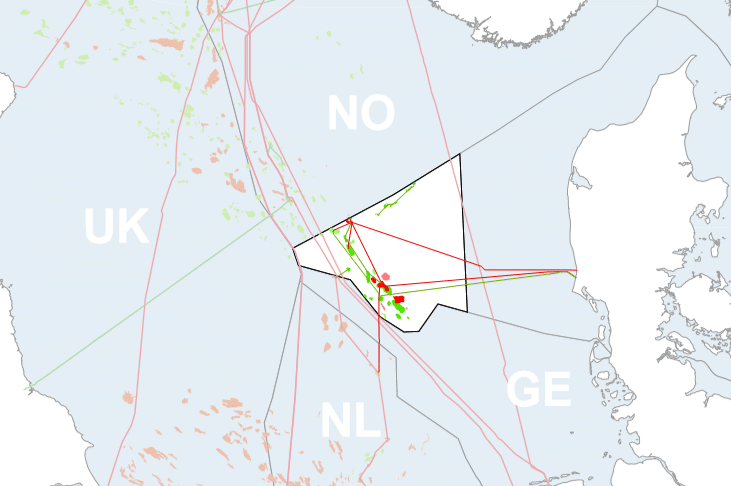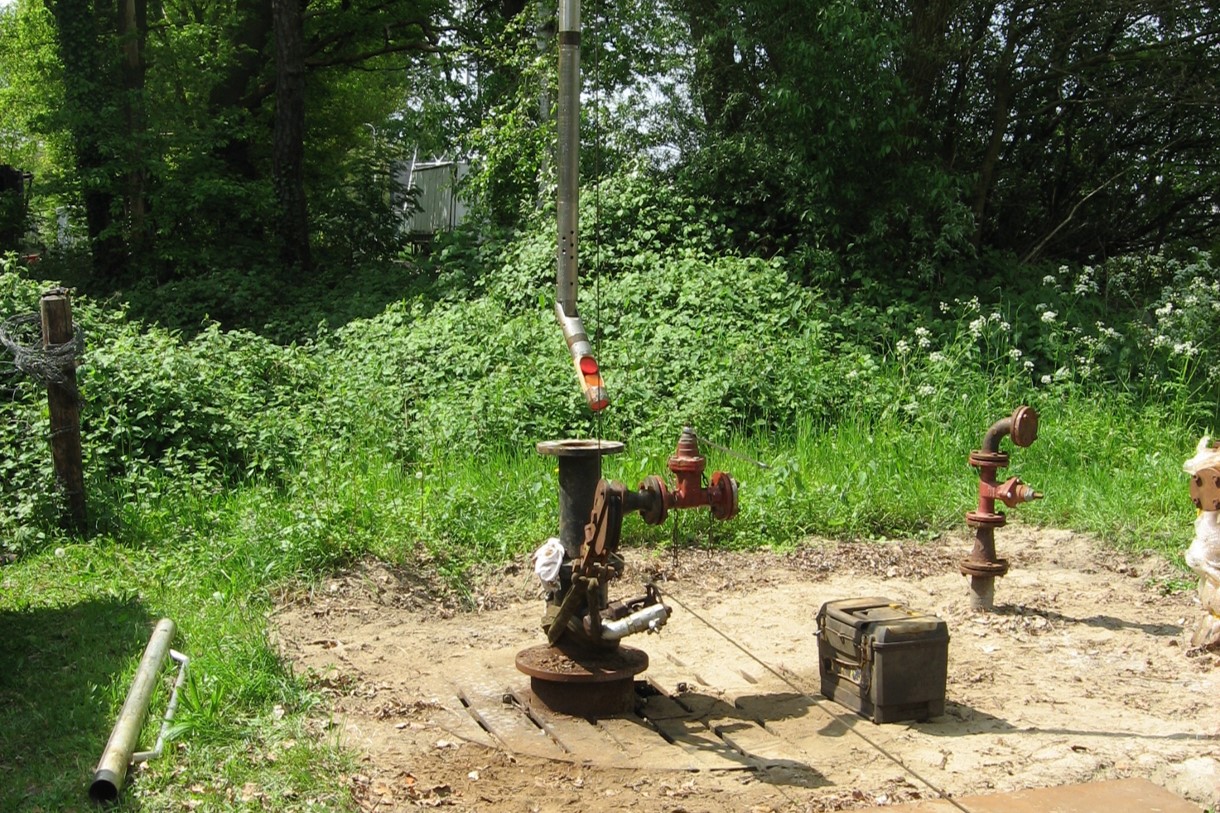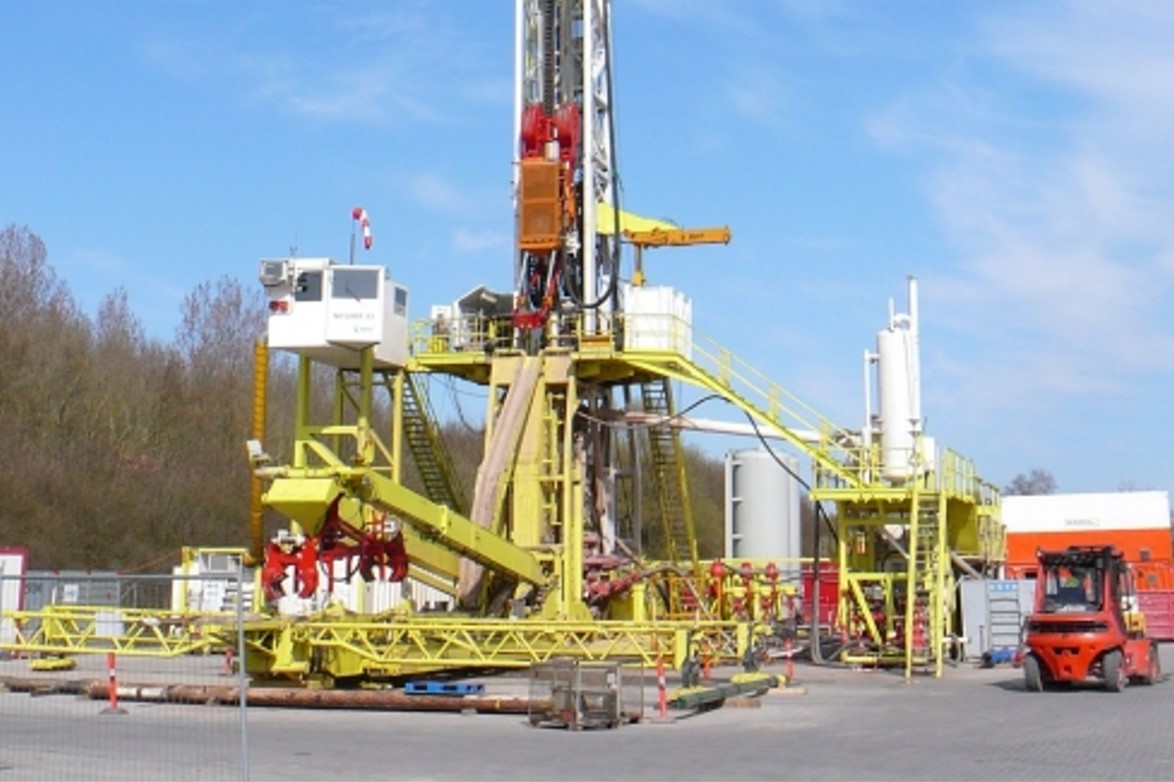Hess is planning to drill the Jill exploration well in License 06/16 in the Danish North Sea during the second half of 2019 reports Upstreamonline.com. After a break in exploration drilling since 2015 there is finally activity again in Denmark. In 2015, the Xana-1 exploration well operated by Maersk Oil demonstrated the presence of hydrocarbons in Upper Jurassic sandstone in licence 9/95 in the Central Graben.

The US operator, with exploration focused on offshore Guyana, Suriname and Nova Scotia is also operator of the South Arne Field offshore Denmark.
DEA announced last year in October that it has started the preparations for drilling the Vibe-1 well in exploration license 09/16 in the Danish sector in Q2 2020. Vibe is an HPHT well in the Central Graben and the first operated exploration well for DEA in Denmark. The well is to prove the presence of oil-bearing sands in an Upper Jurassic turbidite fan complex and to acquire sufficient data to calculate the hydrocarbons in place in order to validate an economic hydrocarbon accumulation according to DEA.
8th Licensing Round
In June 2018, the Danish government opened the 8th Danish licensing round for areas for oil and gas exploration and production. The areas offered for licensing are located in the Central Graben, where the majority of the producing Danish fields are, and in the adjoining areas further east bounded by the 6° 15’ E longitude.

Soon it will be known how much interest there is for exploring offshore Denmark again since the deadline for submission is 1st of February 2019.
At the Prospex Conference in London, Henrik Sulsbrück from the Danish Energy Agency stressed that there is significant remaining potential with 3billion boe yet-to-find. “There is an active E&P environment with 23 active exploration licenses and in 2019/2020 there will be drilled exploration wells.” he said. The Danish Energy Agency has as goal to have a 2-year cycle of exploration rounds.
A political agreement on the development of the oil and gas sector in the North Sea has been agreed since the last round, which includes a tax relief window during 2017-2025 and improved conditions for third party access to existing infrastructure. Also, in 2017 the DUC (Danish Underground Consortium) partners decided to rebuild the Tyra facilities, which is important for the gas export in the Danish North Sea.
On behalf of the Danish state, the Danish North Sea Fund will hold a 20 per cent interest in the new licences, and the oil companies will hold an 80 per cent interest.





